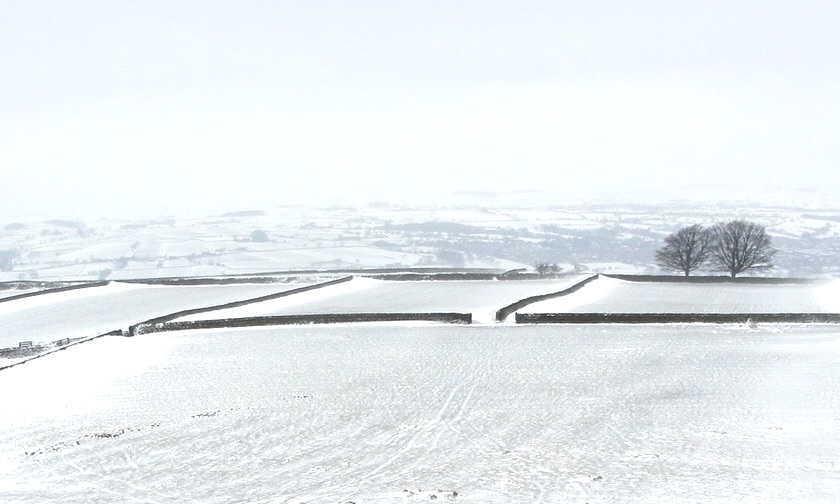Pandemics of the 14th & 21st centuries
Not a Soul but Us tells the story of a boy in rural England who has to rely on his own wits and the help of his dog to survive the Black Death—the plague pandemic of the mid-14th century. Almost 700 years later, here we are again, struggling our way through another pandemic. The pathogens are different, as are the societal structures and cultural beliefs. Nonetheless, despite the wide gaps between these two historical periods, these pandemics have played out in strikingly similar ways.

In both cases, for instance, people had early warning. We started hearing about covid-19 in January 2020, weeks before the virus arrived; we stockpiled hand sanitizer and toilet paper and wrung our hands. In the 1340s, Europeans knew months or years in advance that plague was headed their way, and they were told that all they could do was repent and beg God’s mercy.

How do you explain a pandemic’s appearance? The 1300s looked to astrology and earthquakes and posited that plague crept across land and sea as a miasma—a mass of infected air. Today we question whether the covid virus jumped from animals to humans or escaped from a lab. How to prevent infection? People in the Middle Ages were told to avoid looking into the eyes of someone who had plague, to breathe through bouquets of flowers, or (for doctors) to wear elaborate plague masks. In the 2020s, we debate the relative efficacy of social distancing, masks, vaccines, boosters, and at-home tests—and as the virus mutates what we “know” keeps shifting.
Both eras saw an uptick in fear of other people’s bodies. By 1347, Genoese merchant ships were presumed to carry plague and turned away from some Mediterranean ports, just as some American cruise liners have been blocked from Caribbean tourist spots. Florentine nobles fled to their country estates like rich New Yorkers decamping to the Hamptons. Bodies stacked up in medieval streets just as they have in refrigerated trailer morgues outside hospitals across the United States.

People wonder: Who’s in charge? And how are they helping us? The medieval Church claimed that plague was God’s punishment for human sin, but there was no obvious pattern in who died and who survived; in fact, priests died at least as often as anyone else. Today, in the United States and elsewhere, the mix of political motivation and scientific uncertainty playing out in policy decisions and public pronouncements has deepened the existing mistrust of some citizens and disappointed others who’d hoped for better from their leaders.
For both eras, pandemic has meant not only disease but also societal destabilization. With the Black Death killing up to half the population overall–and more in certain places–some villages were abandoned altogether.

Elsewhere, the resulting labor shortage gave workers new bargaining power and helped undermine the overall feudal order, including serfdom. The Church’s standing was eroded by its failure to explain or stop the plague and its ordination of untrained and sometimes unfit men to replace priests who’d died. What structural changes the covid pandemic may trigger for us remains to be seen. But one thing is certain: like the mid-14th century, the present moment feels immensely precarious.
In the following posts, I’ll highlight the connections between the world of the Black Death and the world of today. (I’ll also post about dogs, who are always important.) Quotes appearing in bold type are from Not a Soul but Us.
